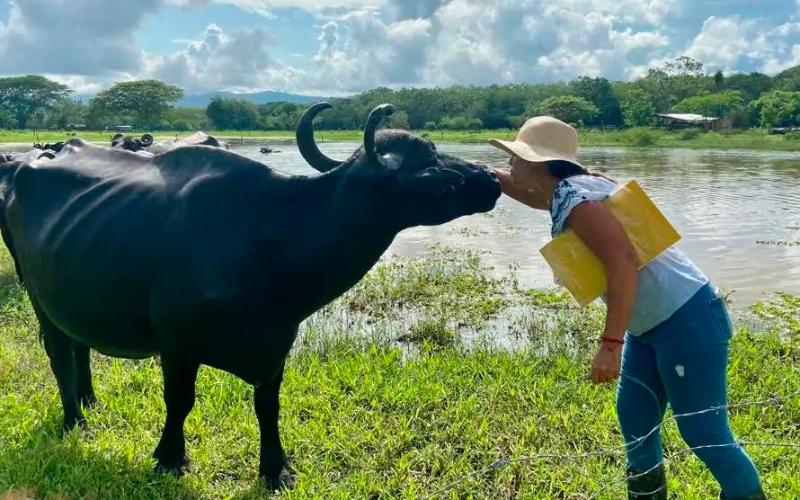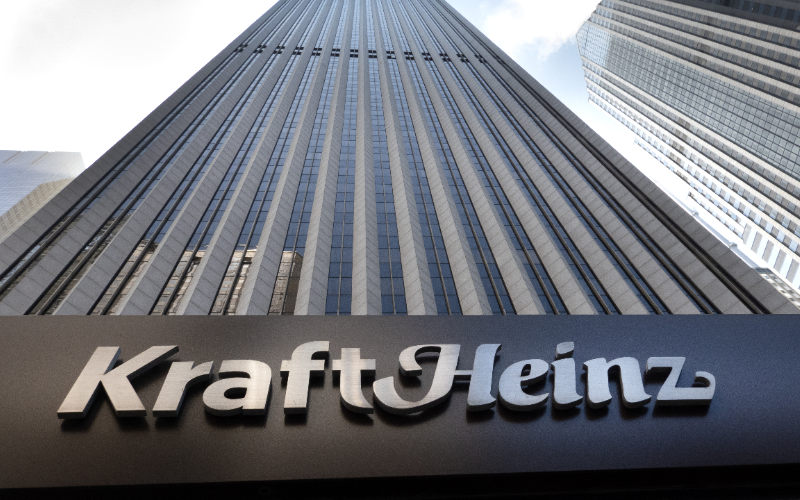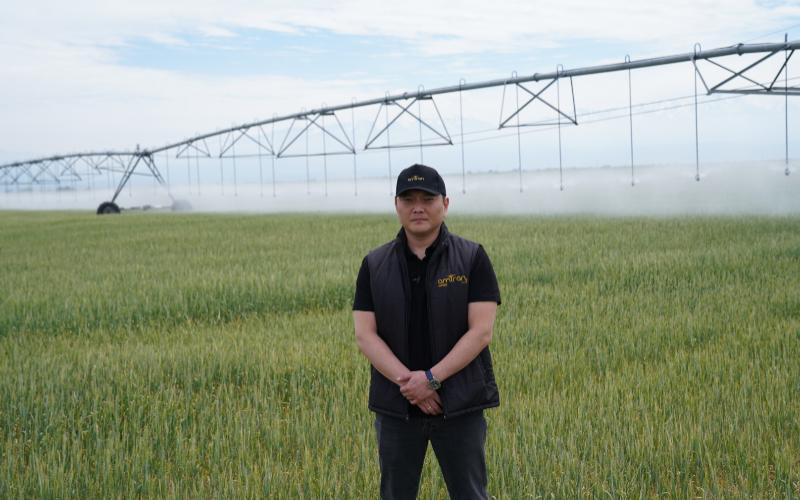Controlling foot-and-mouth disease and other cattle diseases can reduce meat and milk losses on farms

In her paper, Professor Capper noted that little is known about the impact of animal diseases on greenhouse gas emissions. Her research aimed to partially address this problem by examining the impact of globally important vaccine-preventable diseases on greenhouse gas emissions in different livestock production systems.
She used simple models in Microsoft Excel to quantify the impact of livestock disease on productivity (for pig production, defined as total meat yield) adjusted for disease prevalence at both the population level (high or low) and the herd level. Disease-induced changes in meat production were applied to GHG emissions per kg of meat according to subsequent changes in the pig population required to maintain meat production.
Diseases studied included foot and mouth disease, brucellosis, anthrax, lumpy skin disease, CSF, PRRS, low and high pathogenicity avian influenza (LPAI and HPAI), avian infectious bronchitis and Newcastle disease.
In her article, she wrote that all the diseases she studied had a multifactorial effect on the overall milk or meat yield. However, diseases that increase mortality in breeding or farmed livestock (e.g., anthrax, CSF) have a greater impact on greenhouse gas emissions per unit of milk or meat produced than those that primarily affect yield or reproduction (e.g., brucellosis or LPAI).
Prevalence also had a significant impact on potential greenhouse gas emissions, she concluded. For example, effectively reducing PRRS prevalence in pigs from 60 to 10% would result in a 22.5% reduction in greenhouse gas emission intensity (CO2eq/kg dry weight).













